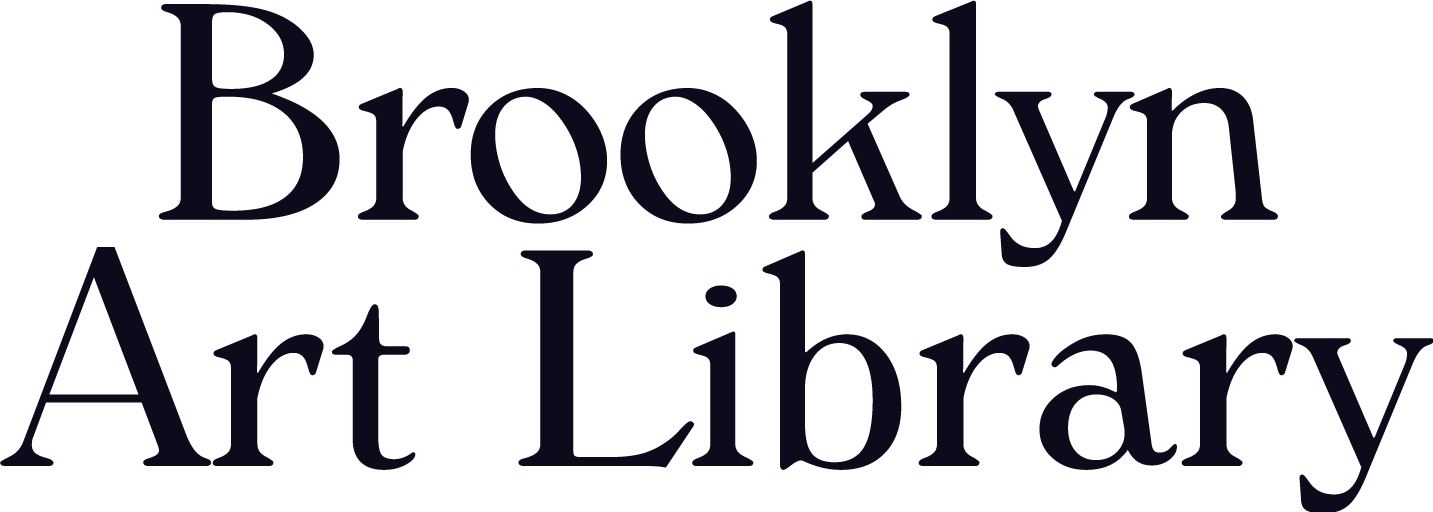Artwork From Home: Megan Mraz
Megan Mraz has made a career out of her sharp eye for color. A freelance illustrator and graphic designer based in Louisville, Kentucky, Megan renders her immersive interiors, botanical patterns, and people with great attention to the vibrant power of watercolor and inks. She has also taken on branding projects, from hand-lettered business cards to large-scale painted signs. A contributor to the Sketchbook Project since 2011, Megan’s sketchbooks are wonderful looks inside her process from absurdist manifestations of imagination to a series of lists accompanied by observational illustrations. In 2015, Megan’s sketchbook was published in The Sketchbook Project World Tour book. You can check out more of Megan’s illustrations on her website and keep up with her latest projects on Instagram.
On May 1st, 5PM EST, Megan will lead a virtual workshop on pattern creation in the lead-up to our Telethon to Benefit the Brooklyn Art Library. Make sure to sign up and join our virtual fundraiser to help support the project!
When did you first begin making art?
My earliest memories are from preschool, drawing princesses with overly-large heads. From there it progressed to 5th-grade me sketching mermaids in my agenda book, drawing social studies (blech) notes out as comic strips, and storyboarding animated films that surely would get picked up by Disney one day.
What does your workspace look like now?
I’m super fortunate to have the upstairs, finished attic of our 1920’s bungalow as my workspace. It’s a little upstairs retreat where I can be as messy as I need for a project. My drafting table is pulled up in front of a window facing our magnolia and dogwood trees, and I have a vintage hair salon rolling cart within reach filled with paint supplies. In our previous place, I was tucked against a windowless wall of our dining room—pretty cramped and un-motivating.
How have present circumstances affected your creativity?
When all of this initially hit, all I could experience was stress and an unidentifiable sense of loss. I was let go from my full-time job due to lack of work, and wondered what all of this would mean for the upcoming birth of our child. Honestly, for at least a week, I had a hard time being motivated to do anything except mentally process the situation. Thankfully, my husband’s work gave me something to creatively focus on, to pull me out of the shock. He works for The Ringer, and I do all the illustration and design work for his videos. This particular video series needed a whole new animated intro, which took quite a bit of work and restored some of my energy again. I’m thankful for the creative projects that have come my way since then, to give me something to focus on. The unproductive, stress-filled days still happen at times, and it makes me especially grateful for any bursts of creativity.
What or who do you look to for inspiration?
I’m constantly gathering inspiration! I look to a lot of sources—especially outside of my own fields—so I’m not heavily influenced by one particular thing or artist. Although, geez, there are a lot of artists I love. To name a few: Dorothy Draper, Emily Isabella, Clay Hickson, and Eleanor Taylor. Inspiration could come from a piece of furniture, a vintage matchbook, the colors in a photograph, something seen on a walk… Every day I add images to a folder on my phone or my computer. I’m also inspired by my husband and friends who constantly hustle in their crafts—their hard work motivates me to keep making.
What are some art-making materials you can’t live without?
My watercolor and gouache paints (usually Winsor & Newton and Acryla), paintbrushes and Arches watercolor paper, Micron pens, pencil & kneaded eraser, Adobe Photoshop and Illustrator.
How has illustration changed the way you see the world?
Illustration has helped me to push perfection aside in the interest of 1) being more expressive and 2) not letting perfection keep an idea from coming out. It’s helped me be braver and more decisive, to better appreciate the decisions I see other people make in their work.
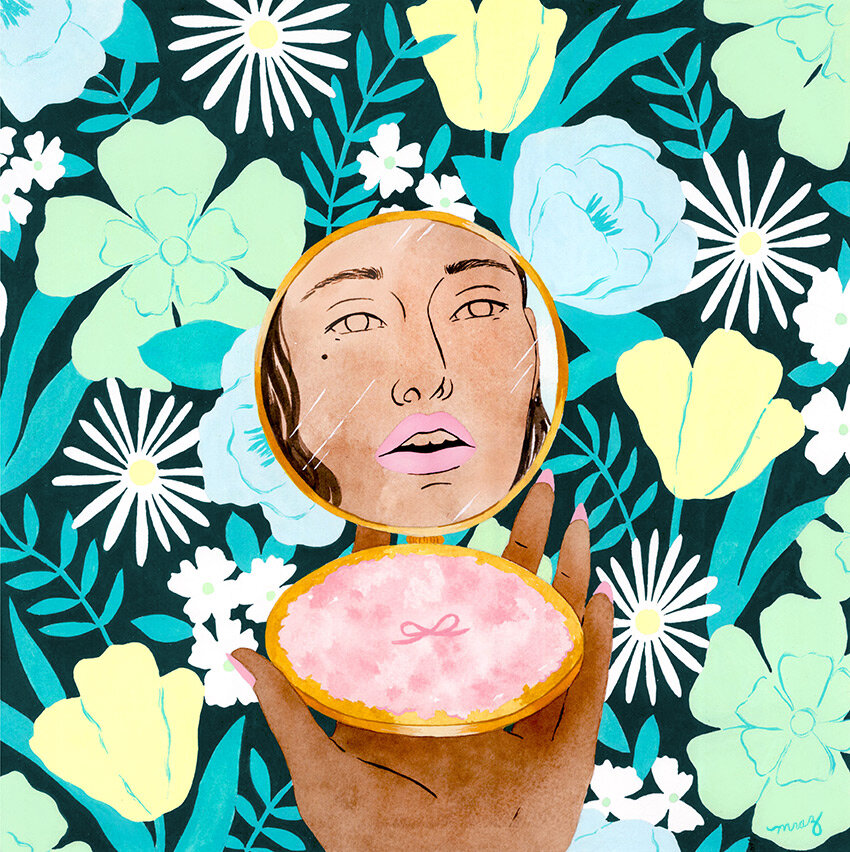
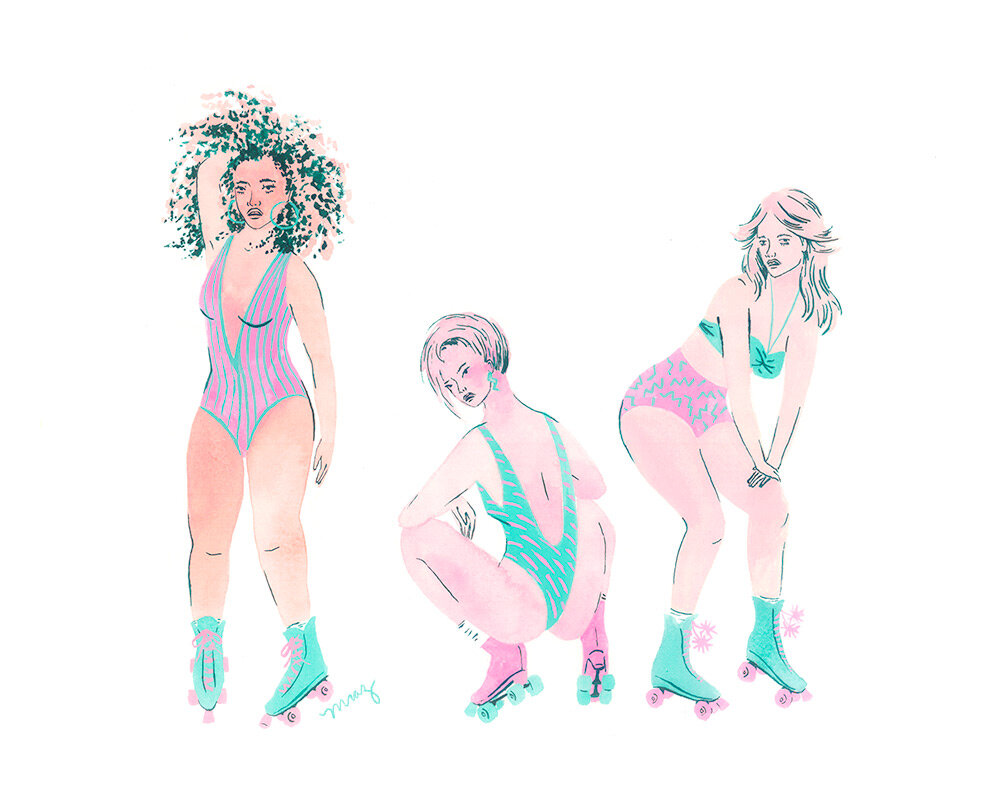

In addition to making illustrations and patterns, you’ve also worked on animations and branded graphic design projects. How does your process change for these projects, as opposed to a still drawing?
Each design job is unique in approach. It really depends on what they need you to do. A lot of times it’s putting on the clothing of the brand you’re working for, adhering to an established style to maintain consistency while also pushing the brand’s boundaries in little ways. You have a specific framework and voice to start from, a specific task. Sometimes you’re building a brand from scratch, working in collaboration with the client to tease out a new vision, with lots of careful listening and feedback along the way. In all instances, the client has final say on when something is done. A lot of my patterns, animations, and drawings are self-initiated, which gives more freedom but also places the impetus on me to start, to decide what the heck to make, and to be confident enough to decide when a piece is complete.
Do you have any advice for artists who want to incorporate animations and more digitally-based illustrative work into their practice?
Be hungry to learn, be willing to be terrible and uncomfortable with digital tools, be patient with yourself. I’m right there with you all!
How do you make time for your art practice at home?
I’m most creative in the morning, bonus points if I’m alone in my space with a cup of coffee and a great podcast episode playing. I won’t pretend I have a specific routine, but deadlines are a great motivator. I’m sure our baby’s arrival will force a more methodical approach out of me.
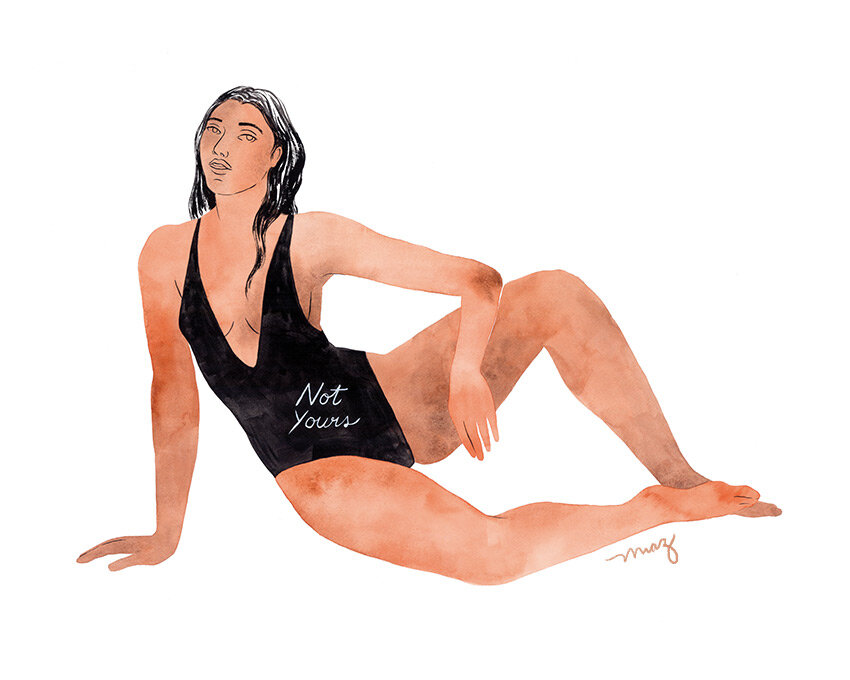
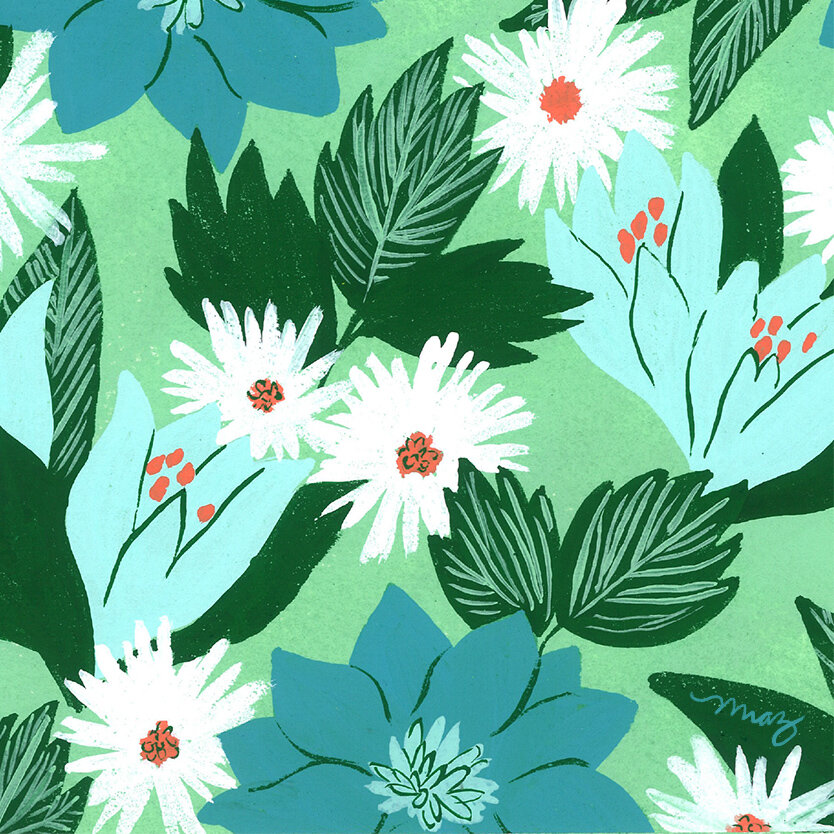
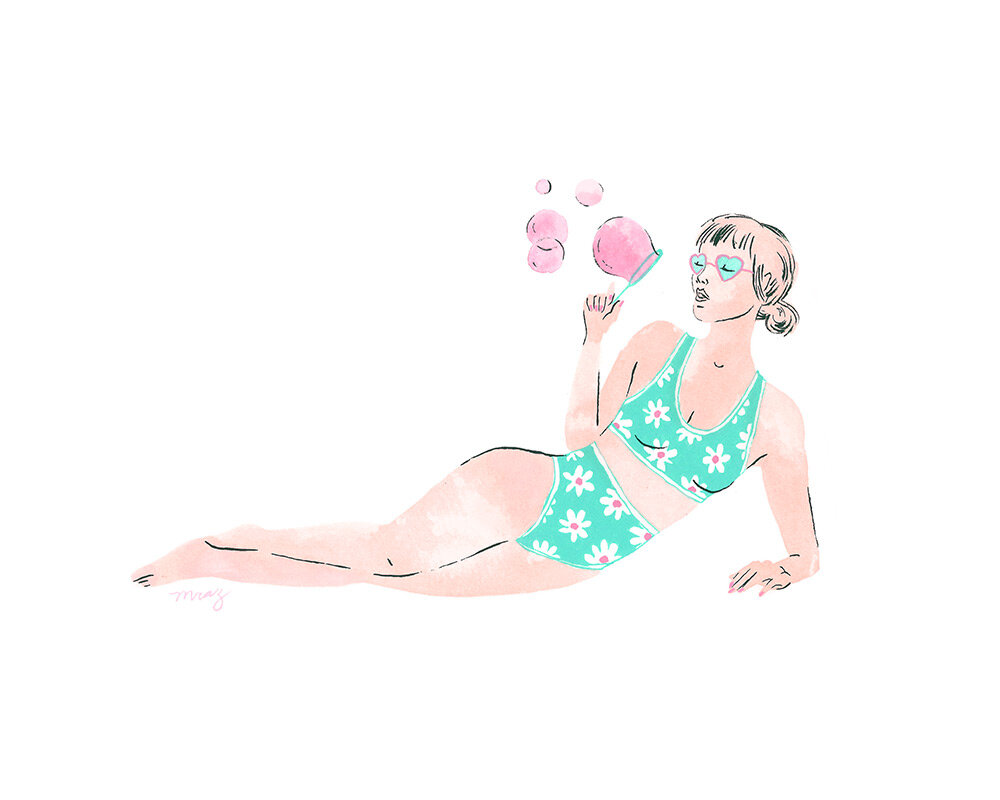
How do you get through creative blocks?
Ugh, the worst. One of the best ways I’ve found to get through creative blocks is to be prolific. Make a lot of work that sucks until something shakes loose. Be aware that inspiration isn’t a constant state, it comes in bursts, but it’s important to still show up and stay in practice regardless. Another tip—do a fun meaningless project in a medium that you don’t normally work in. For instance, if you normally paint, make a macramé wall hanging that is so novice, you hope your true macramé artist friends will forgive you (not spoken from personal experience or anything…). That sort of project can help take the pressure off and allow you to just focus on the joy of creativity.
What’s the best piece of art-making advice you ever received?
To always be pushing ahead of fear. Any new challenge or opportunity will bring anxiety—instead of letting that fear get to you, just say yes and get to work.
How can people support your work?
I’m available for freelance work and commissions! Hit me up at my email. Visit my Etsy, where I sell art prints and stuff. Or connect up with me on Instagram—it truly helps an artist when you follow along and interact with their work.
